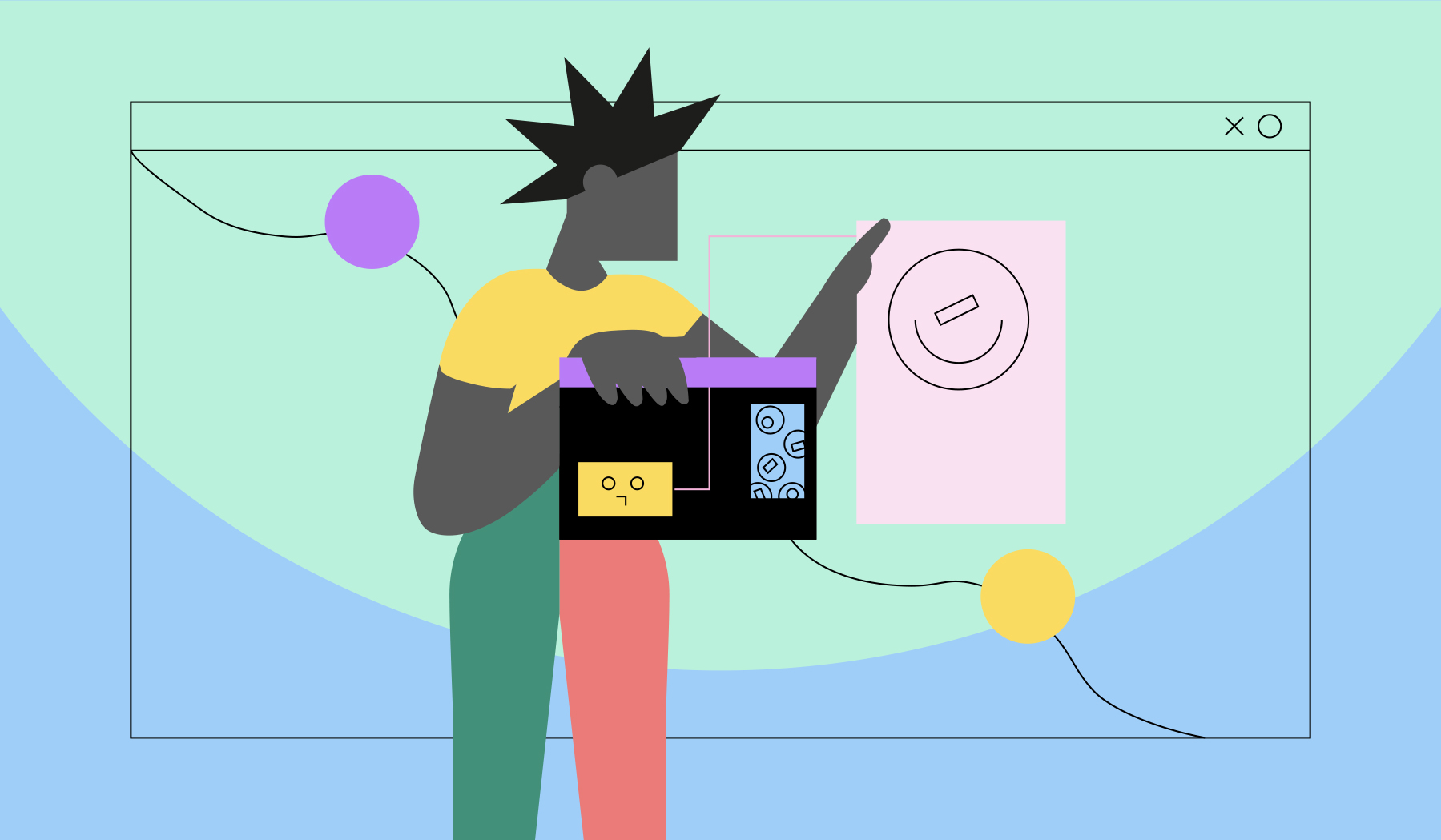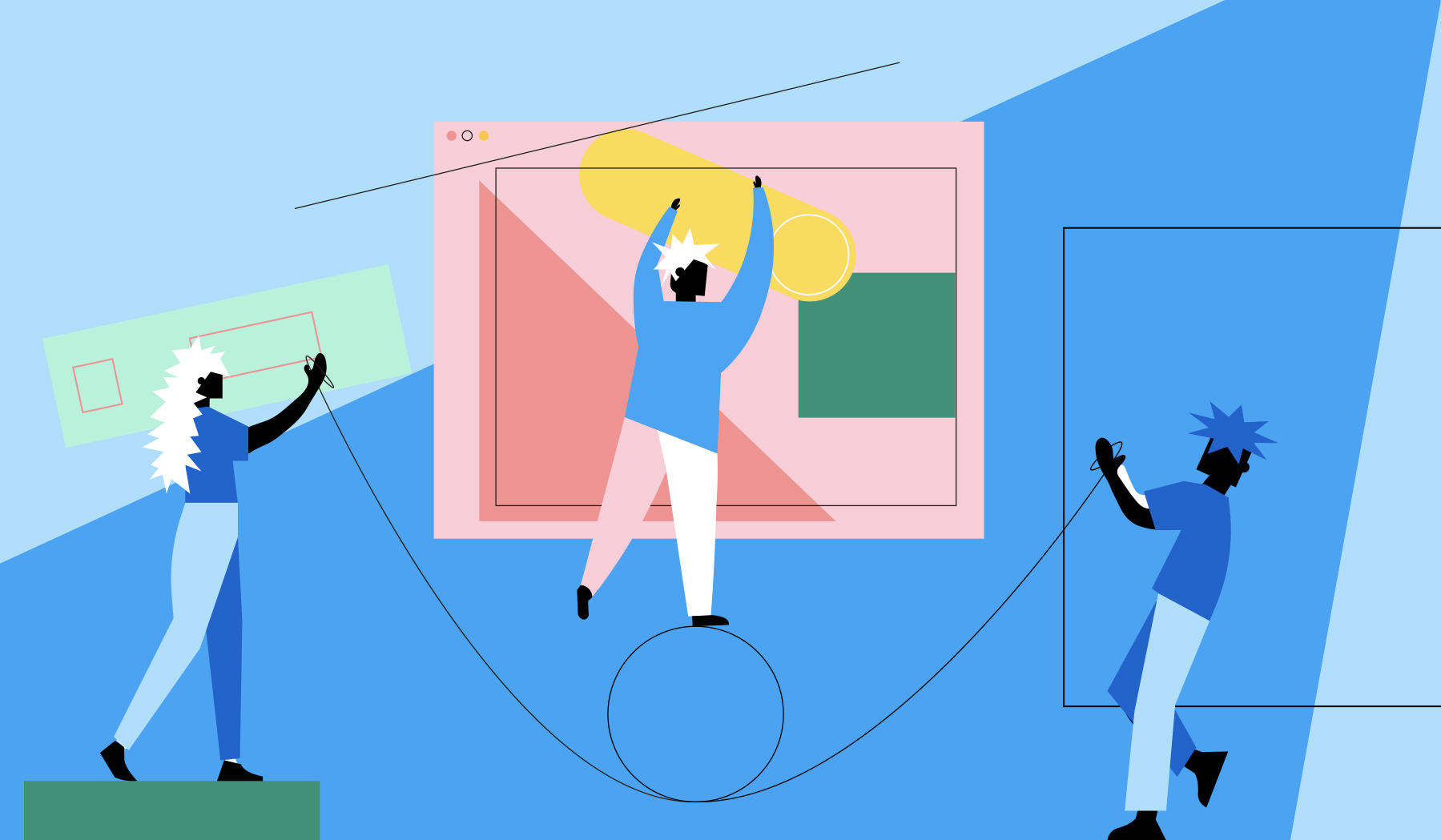Retail disrupters are meeting customers across preferred platforms and devices with experiences designed for the instant gratification lifestyle. With a single finger tap or word, consumers can stock their pantries, fridges, and closets. In the on-demand market, customers should be at the center of all business decisions.
So why are many retailers declaring bankruptcy, closing, or failing to keep up with the booming digital economy and the informed shopper?
With technological advancements and evolving consumption trends, the customer journey evolves at a rapid pace. Companies must be constantly attuned to changing needs, and both responsive and proactive in action. Yet, most retailers only pay lip service to the idea of customer-centricity—and still design experiences from a business-first perspective.
Retailers struggling to create experiences that drive people through doors or generate ‘buy now’ clicks must let go of the predefined ways of defining interactions. Instead, retailers will find success in applying design thinking principles to help bolster and rebuild both store and brand.

THINK DIFFERENTLY ABOUT DESIGN
Design thinking takes a human-centered perspective to solution creation. Retailers adopt a customer point-of-view, defining problems from this vantage point, before creating answers that speak directly to identified pain points. This methodology revolves around first understanding the human behind the product and challenging the business’s assumptions about the target market.
For example, a retailer may have developed a customer persona three years ago and has based every experience created on this concept of the target audience. Assumptions may be made about preference changes over time, that may or may not be based off historical data. Design thinking is an ongoing process that recognizes and addresses changing preferences and lifestyles—the consumer of three years ago is not the customer of today. The methodology defines the customer in current terms, detailing technology preferences, emotional states, lifestyle, and more. Next, the retailer empathizes with the customer by stepping into their shoes, and defining needs, desires, and struggles from this place of understanding. A design thinking workshop might uncover new purchase and consumption patterns across channels, shifting lifestyle priorities, or emerging influencers that offer new opportunities for engagement.

APPLYING EMPATHY TO EXPERIENCES
Advertisers understand the power of emotion on customer purchasing decisions. However, few retailers consider human feelings when designing interactions. Design thinking focuses on not only understanding but empathizing with the customer. Retailers tap into customers’ emotional state to understand how emotion influences environmental interactions. What feelings drive behavior at every step in the buyer’s journey? What feeling does a customer have before and after engagement?
Tapping into customer emotions helps brands develop experiences to speak directly to primary motivators. This is how buy-online-pick-up-in-store (BOPIS) was created. While most working adults theoretically do have time to shop in stores, many feel to do so is a waste of time that could better be used engaging in other activities. Even though delivery options often have very little wait time involved, shoppers receive instant gratification when collecting items in store. This model has become so widely adopted because retailers from grocery to department stores benefit when customers’ emotional needs are met.

CULTURAL SHIFT TO IMPROVE COLLABORATION
To be fully effective, design thinking requires a fundamental cultural shift—promoting collaboration, continuous research, and transparency throughout the company. When initiating the design thinking process, collaborative teams are built cross-functionally across all company departments and employee levels, from entry level to senior leadership. The teams are brought together to share knowledge and understand customer personas, characteristics, emotional states, and more.
From this shared, empathetic understanding of the consumer, the teams ideate solutions and test the potential impact by prototyping experiences before full-scale roll-out. Prototypes are tested with customer user groups, feedback collected, and the design improved, accordingly.
For example, a retailer may develop a true omnichannel experience with multiple touchpoints to drive customers engaging in mobile, social, web, and app channels to try on and buy in-store. However, the iteration phase could uncover the target market is unwilling to drive to the store location due to traffic patterns. The prototype experience would then be updated to offer try-before-you-buy home delivery options. By testing assumptions, the retailer avoids the costly mistake of deploying an experience that ultimately did not work for the customer. With one small change during the test phase the fully deployed solution will have a much higher fidelity than the initial concept.
The ideation and iterative process paves the way for companies to develop the most intuitive, successful solutions.
CONCLUSION
Whether a retailer is offering the latest technology or convenient BOPIS experiences, true customer-centricity is key to survival. Design thinking is essential to understand what drives human interaction, enabling retailers to efficiently build and deliver meaningful and effective solutions.
SoftServe has been serving the retail industry for over 26 years. Our vertical and design thinking experts empathize with retailer concerns and deliver compelling human experiences to meet business needs. Download our latest whitepaper where we explore how retailers can apply design thinking principles to increase collaboration across teams to engage stakeholders and energize employees, while increasing efficiency in business.

